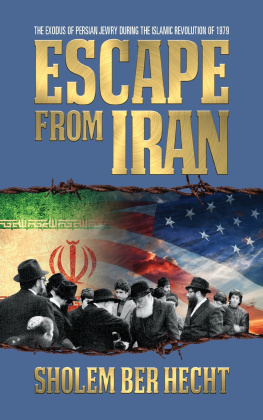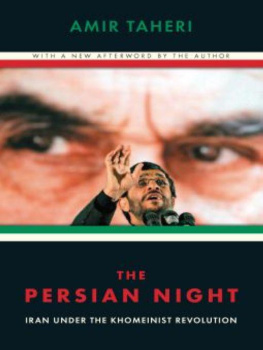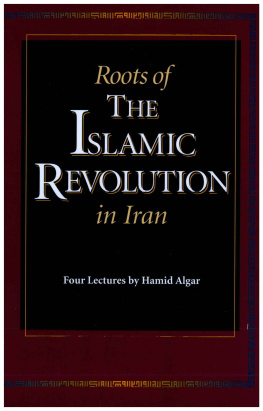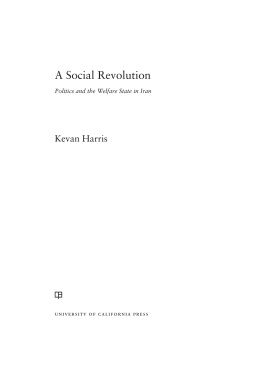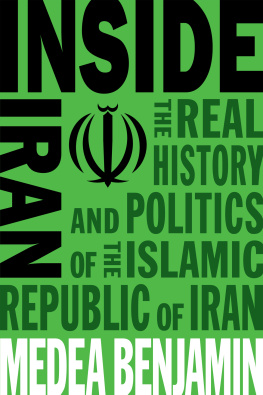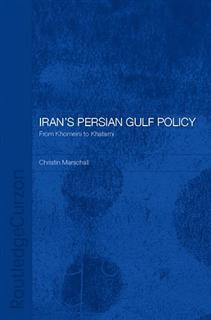
ESCAPE FROM IRAN
ESCAPE FROM IRAN
The Exodus of Persian Jewry During the Islamic Revolution of 1979
Sholem Ber Hecht

Published 2020 by Gildan Media LLC
aka G&D Media
www.GandDmedia.com
ESCAPE FROM IRAN. Copyright 2020 by Sholem Ber Hecht.
All rights reserved.
No part of this book may be reproduced or transmitted in any form, by any means, (electronic, photocopying, recording, or otherwise) without the prior written permission of the author. No liability is assumed with respect to the use of the information contained within. Although every precaution has been taken, the author and publisher assume no liability for errors or omissions. Neither is any liability assumed for damages resulting from the use of the information contained herein.
Front cover design by David Rheinhardt of Pyrographx
Interior design by Meghan Day Healey of Story Horse, LLC
Library of Congress Cataloging-in-Publication Data is available upon request
ISBN: 978-1-7225-0294-2
eISBN: 978-1-7225-2398-5
10 9 8 7 6 5 4 3 2 1
Thus said Hashem, Master of Legions,
G-d of Israel, to all those exiled
from Jerusalem to Babylonia:
Build houses, and settle;
plant gardens, and eat their fruits.
Take wives, and beget sons and daughters;
take wives for your sons
Flourish there
Seek the peace of the City to which I have exiled you,
and pray for it to Hashem
For through its peace, you shall have peace.
For when your seventy years in Babylonia
shall be complete, I will attend to you;
and I will fulfill for you My good word, My promise:
To return you to this place.
JEREMIAH 29:4-7, 10
B"H
CONTENTS
PROLOGUE
Exile To Exodus
I n the book of Jeremiah, the Prophet Yermiyahu receives a prophetic vision from G-d that his mission shall be to serve as a Prophet to the nations of the world. The most powerful nation in the world at that time was the Kingdom of Babylon, under the rule of King Nebuchadnezzar, who had come to power during the waning years of the Jewish monarchy in Jerusalem. Yermiyahu was sent to the Yehudites, of the remaining Israelite Kingdom of Yehuda, with words of admonition and rebuke for their moral and societal decline. Yermiyahu gave stern warning to the Jews that if they failed to repent for their sinfulness in the service of G-d and drastically improve their unethical behavior, there would be terrible consequences: destruction, death, and exile.
After conquering the great metropolis of Nineveh, Nebuchadnezzar sent his General Nevuzaradan to lead his armies to the land of Israel. With much barbarism and bloodshed Nevuzaradan extended Babylonian hegemony over the Jewish state. At first, he allowed the Jewish monarchy to continue under his control, and appointed Yechonia as King of Yehuda. But Yechonia rebelled against Nebuchadnezzar; and thus began the process of galutthe exile of the Jewish people from the Land of Israel. As punishment for his intransigence, Yechonia was exiled to Babylon, together with members of the royal family and thousands of scholars, princes, ministers, and leaders of the Jewish people.
Subsequently, his uncle, Tzidkiyahu, was appointed as King in his place. But the process of exile continued over the next thirteen years, culminating in the destruction of the first Holy Temple in Jerusalem in the year 3338 after Creation.led the tribes of Israel across the Jordan to conquer and inherit the Holy Land, the glory of the Jewish commonwealth and the majesty of the Jewish Kingdom came to a tragic close. Yermiyahus prophetic vision did not end there. Together with his words of admonition he went on to instruct the exiles that once in Babylon, the refugees should find homes, marry, raise families, and settle in the lands of exile. Babylonia, Persia, and Medeaknown collectively as galut Bavel, or galut Bavel/Parasbecame the home-in-exile for the displaced People of the Book. Yermiyahu further prophesied that the galut would end after seven decades of exile, when there would be a Redemption, and a return to Zion.
So galut Bavel/Paras, or so it seemed, was supposed to be short-lived: the Jews would soon return to the Holy Land and rebuild the Temple. But even Yermiyahus prophecies could not fathom the mysterious ways by which the promised Redemption would actually play out. It took the Prophetess Queen Esther, and her guardian, Mordechai Hayehudi, the spiritual giant of his generation, to write, direct, and perform the ensuing acts of the drama.
My dear departed friend Mr. Khalil Moradi of Forest Hills, New York, a man who (as we shall see) played a pivotal and heroic role in the modern-day adventure we called Escape from Iran, proudly traced his origins to a city in Iran named Hamedan. In ancient times Hamedan was named Shushan, the capital city of the Persian Kingdom. He remembered visiting the tombs of Mordechai and Esther there, of which he spoke with reverence and fervor. Each Purim, he reveled in the biblical Book of Esthers dramatic story of our miraculous salvation from attempted genocide, as though it were his own family annals.
There was indeed a return to the Holy Land, and the Temple was in fact rebuilt, as predicted. But its light was less bright than the light of the First Temple; and there were more tribulations to come; and in so many ways our inner sense of being a displaced, still-servile nation has remained with us. Those seventy years in Babylon/Paras became a prelude to twenty-five centuries of ongoing exile.
The long saga of Persian Jewry that began more than 2,500 years ago continues to unfold in the turmoil that is modern day Iran. Though Babylonia served as a glorious center of Jewish life and Torah scholarship for centuries, Bavel/Paras is not what it once was. Nevertheless, the presence of a vibrant Jewish community in Iran has remained uninterrupted, though often endangered, to this day.
This is the story of the dramatic liberation of Iranian Jewry from a cutthroat revolutionary regime that today threatens not only Israel and the Jewish people, but the entire civilized world.
The plan began to take shape in conversations at my home in Forest Hills, New York with a young rabbinical student of Iranian descent named Hertzel Illulian. Hertzel shared with us a compelling depiction of the state of affairs in his ancestral homeland. The Shah had given the Jews equality, he explained, and they had advanced in areas of science, medicine, technology, and business. It appeared that the Jewish future in modern Iran was filled with good fortune and great opportunities. On the other hand, when it came to religious observance and Torah study, Hertzel realized that Jewish life in Iran had deteriorated terribly. Under those circumstances, he felt that
Next page
